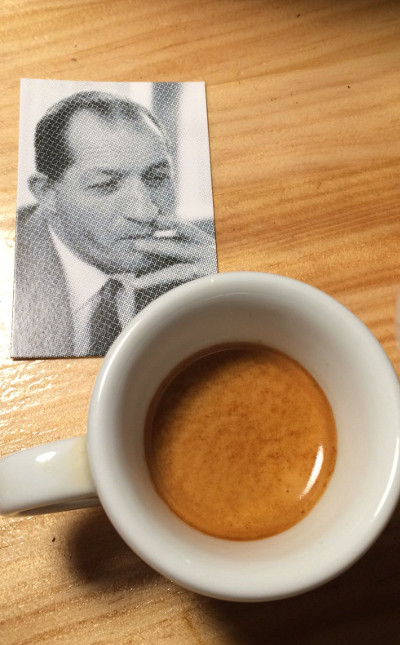Make coffee espresso (well) is a simple task.
There are very few requirements to meet. We just need a good, clean mill. A machine espresso Reasonably thermally stable. The right water. Of course, a coffee that meets our expectations, and finally, proper technique when performing our dance.
So far, it doesn't matter much whether we are professionals or if we are going to make coffee at home. However, it is much easier than our grinder and our coffee machine. espresso are of higher quality if we are professionals, just as it seems easier for the cleanliness and quality of water to shine more brightly in the domestic sphere.
When it comes to coffee, there are no shortcuts. Some of us will prefer blends, others prefer single origins, micro lots, single varietals… Some prefer America and others Africa. Bourbon, Caturra, Pachamama, SL-28… These are just preferences, and they're easy to solve: buy the coffee you want to drink. If all this sounds like gibberish to you, it's even simpler: just buy good coffee. That is, coffee that includes information on its packaging about its origin (country and region, at least), varietal (what type of coffee plant it's from), and the quality (what kind of coffee it's made from). Coffea arabica (it's about) and roasting date. This isn't the absolute truth. There are good coffees that don't include this information on their packaging, and, conversely, there are coffees that do include this information and aren't really special. But this way you usually can't go wrong. The one I'm using this week is this crazy one: Honduras Los Ceibos
We have a machine, a mill, water (mineral or filtered), and coffee. What else do I need to know?—you might be wondering.
There are two things.
There are only two things that distinguish the elaboration of specialty coffee in a professional setting and at home. And they are rarely talked about.
The first difference is obvious: volume. In a coffee shop, one hundred, two hundred, or five hundred coffees are prepared every day. Obviously, the training required to consistently perform the task of preparing a espresso (or a cappuccino, or a latte…) in a professional setting, something that can be acquired in a couple of days can take months at home. Especially without the help of a professional.
The second one isn't going to appeal to everyone, especially professionals. But there's no doubt that the coffee industry in general, and the specialty sector specifically, has instilled in us the idea of perfection, of recognizable flavors prescribed in tasting notes, of recipes that must be followed. And the reality is different.
In addition to machinery, water, coffee, and technology, you need patience. A lot of it.
Learning to make delicious coffee is like learning to play the violin. It takes patience, because frustration will accompany us throughout the process. And, just as our ears become more educated as we learn to tune when playing music, we must develop our palate to recognize flaws in our beverages. And be wary of those baristas who are always satisfied with every drink they prepare, because the truth is that excellent results happen only once in a while. The goal should always be to be able to obtain consistent and repeatable results (and yes, scales and stopwatches are essential; and no, you don't need a refractometer), and to improve the quality of the beverage from that perspective.
The barista's job should be to prepare the best possible beverage with the materials available. Before blaming the roast, think about your water, the cleanliness of your machine, your concentration and attention to detail, your mood... You won't learn anything from blaming your equipment or your coffee supplier. Just as you won't learn anything from saying the grinder is dirty or the water isn't good enough.
Take notes. Repeat the same recipe a thousand times. Try to change only one thing at a time, and always change the easiest. Seek to improve little by little and with specific goals. Try not to overwhelm your palates. And take notes. Ask without fear at your local coffee shop, and ask with numbers. Try to identify the numbers with your palate. It's more important to recognize a gram more (or less) of water in an espresso than to identify "clear notes of raspberry and berries." And, above all, don't forget how much you love coffee, and enjoy the cups you make, even if they're not perfect.
And don't trust anyone who tells you that making coffee is a simple task.
